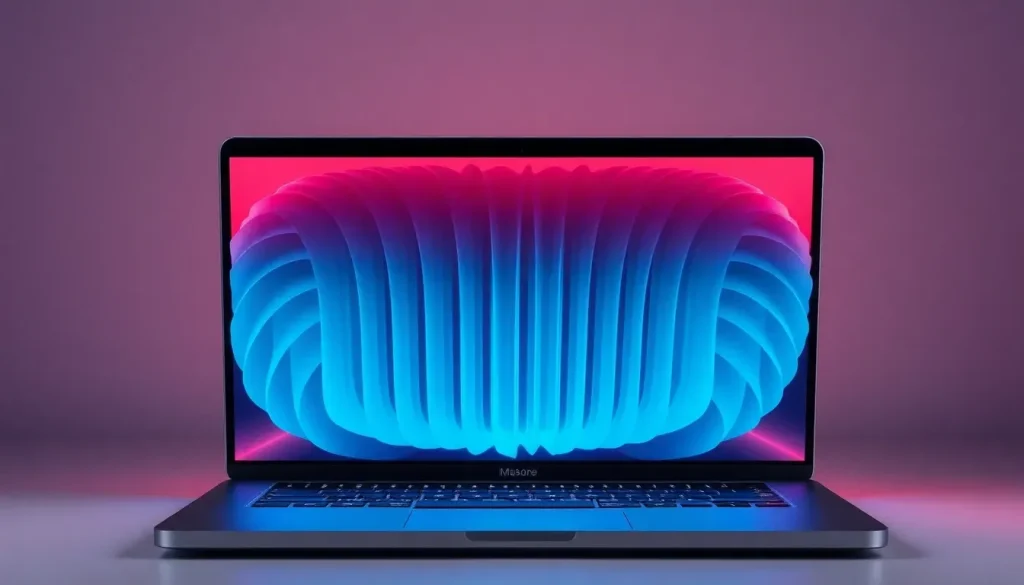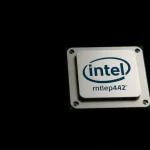M5 MacBook Pro single fan cooler struggles with thermal throttling

The evolution of Apple's MacBook Pro line has taken a significant turn with the introduction of the M5 chip, designed to enhance performance while maintaining thermal efficiency. However, recent benchmarks reveal that even with advanced chipsets, thermal management remains a challenge. In this article, we will explore the thermal performance of the M5 MacBook Pro compared to its predecessor, the M4, and what it means for users seeking powerful yet cooler machines.
Understanding the thermal management of the M4 and M5 MacBook Pro
The transition from Intel processors to Apple's own silicon has brought considerable advantages, particularly in terms of processing power and energy efficiency. The M5 MacBook Pro showcases these benefits, yet it still faces challenges with thermal throttling under heavy loads. This is evident when comparing its thermal performance to the M4 MacBook Pro.
Both models utilize a similar cooling design, featuring a single fan and heatpipe system. However, benchmarking tests have shown that the M5 can reach temperatures of up to 99 degrees Celsius when subjected to demanding tasks. This raises questions about the efficiency of the cooling system even as Apple continues to refine its chip technologies.
Benchmarking the M5 versus M4 performance
In a recent video by the YouTube channel Max Tech, both the M4 and M5 MacBook Pros were evaluated under identical conditions using Cinebench 2024, a popular benchmarking tool for assessing CPU performance. The results were striking:
| Model | Core Average Temperature (°C) | Core Max Temperature (°C) | Core Min Temperature (°C) | Package Power (W) |
|---|---|---|---|---|
| M4 | 100.9 | 114 | 94 | 18.4 |
| M5 | 98.95 | 99 | 99 | 21.81 |
These results indicate that while the M4 crossed the 100 degrees Celsius threshold, the M5 remained just under it, demonstrating an improvement in thermal management despite the same cooling design. Notably, the M5 consumed slightly more power, which could explain its temperature performance under load.
Examining potential improvements in the M5 cooling solution
The difference in thermal performance between the M4 and M5 could stem from several factors:
- Fan responsiveness: Apple may have optimized the fan's response rate to ramp up more aggressively as temperatures rise.
- Thermal paste quality: The use of high-performance thermal paste, such as PTM7950, could enhance heat transfer compared to traditional options.
- Chip design enhancements: Modifications in the M5 chip design itself may lead to better thermal efficiency.
These factors highlight Apple’s continuous effort to innovate not only in chip design but also in thermal management strategies, crucial for maintaining performance during demanding tasks.
Real-world implications of thermal performance for users
The thermal performance of these devices is vital for users who rely on their MacBook Pros for intensive tasks such as video editing, gaming, and software development. A machine that can manage heat effectively will lead to sustained performance without the interruptions associated with thermal throttling.
For instance, when running graphically demanding titles like Cyberpunk 2077, the M5 MacBook Pro manages to keep temperatures relatively stable. Users can expect improved gameplay experiences, even under heavy loads, which is a testament to the advancements in Apple silicon.
Upgrading thermal solutions for existing M4 users
If you own an M4 MacBook Pro and are concerned about its thermal performance, there are solutions available to help mitigate overheating:
- Upgrade thermal paste: Consider replacing the existing thermal paste with PTM7950, which is known for its high thermal conductivity.
- Use cooling pads: External cooling pads can provide additional airflow to help manage heat dissipation.
- Regular maintenance: Ensure that vents are clean and unobstructed to promote optimal airflow.
For those interested, PTM7950 can be purchased for approximately $35.99 and can be reused across multiple applications, provided you are comfortable disassembling your MacBook Pro.
For visual learners, you can check out this helpful guide on how to manage overheating in your MacBook through fan control: Fix your MacBook's overheating for good (TG Pro fan control).
As Apple continues to innovate with its MacBook Pro line, understanding the thermal dynamics of its machines will be crucial for maximizing performance and longevity. The M5 MacBook Pro, while not perfect, shows promise in addressing some of the thermal limitations previously experienced with the M4.




Leave a Reply